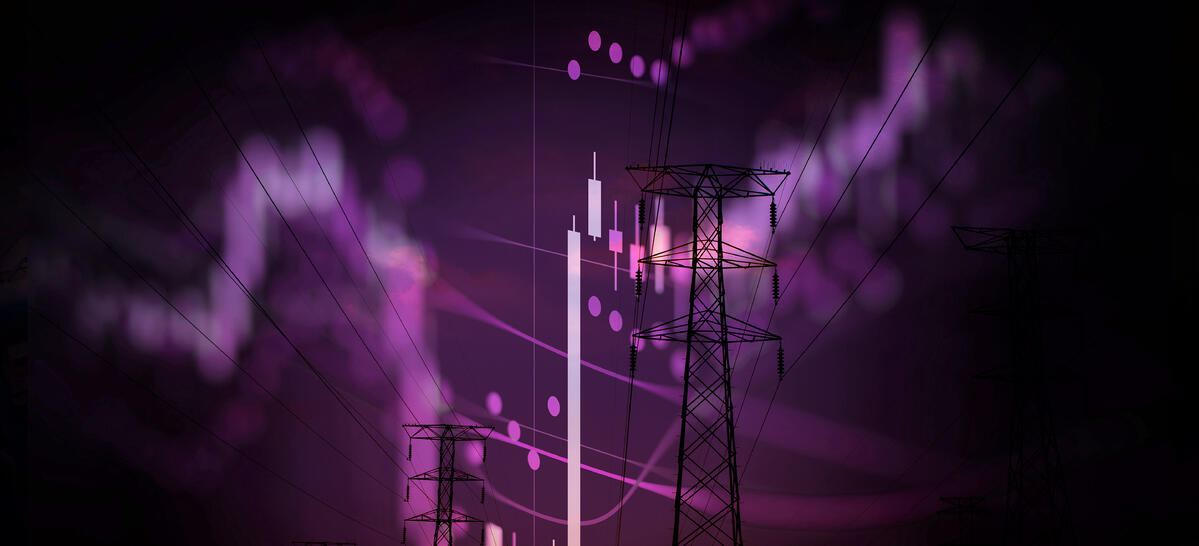
Given that many countries have been set renewable energy targets that need to be reached by 2020, researchers and developers have jumped at the opportunity to develop more or better alternatives to traditional renewable energy sources. The most recent development has been flooding news sources this past week, and that is the bladeless wind turbine.
Spanish company Vortex Bladeless was started in 2010 by David Suriol, David Yáñez, and Raul Martín. Their aim was to create a wind turbine that would generate energy not through blades, but through an aerodynamic process called vorticity.
What’s vorticity? In its worst application, it can topple structures like it did in 1940 with the Tacoma Narrows Bridge in the US and, more locally, in 1965 with several cooling towers at the Ferrybridge C power station. The reason for this is because vorticity creates vortices, or whirling motions of air, which in turn cause structures to oscillate, sometimes to a dangerous degree. Fortunately, the Vortex Bladeless team has found a way to channel vorticity into a beneficial application.
The bladeless turbine, equipped with no gears or moving parts, is fitted with two rings of repelling magnets at the base of its fiberglass and carbon fibre cone to act as a motor. The magnets work to keep the oscillation in check, pulling the cone in the opposite direction of the oscillation. An alternator then converts the energy created through this process into electricity.
Due to the bladeless turbine’s shape, wind farms can double the amount of turbines in a given area. So, although the Vortex turbine is 30% less efficient at capturing energy, more of them in a single space may work to even out the balance.
As with any innovation, there are always sceptics. One of the arguments is that the mechanism employed to maintain oscillation may not work in areas where the wind is turbulent, hence defeating the purpose. In addition, the designers claim that Vortex Bladeless will save 53% in manufacturing costs, but critics advise that this is based on a small prototype and may not be realised in a real world application.
Nevertheless, plans are to release a 41-foot model next year and an industrial model in 2018. Called Mini and Gran, they will have capacities of 4kW and +1MW, respectively.
The company has raised $1 million (about £650,000) for the project from private capital and government funding. They plan to crowdfund for the remainder and are launching a campaign on June 1st, 2015.
This is not the first attempt at bladeless or at least hidden blade turbine technology, as there have been several in the past five years (Saphonian, Solar Aero, Catching Wind, Windstalk) which did not appear to take off. It will be interesting to see if Vortex Bladeless is the technology that breaks through. Only time will tell.
Sources: Energy Live News, Grist, Wired, Vortex Bladeless, CleanTechnica, Gizmag, beanthining.org.



